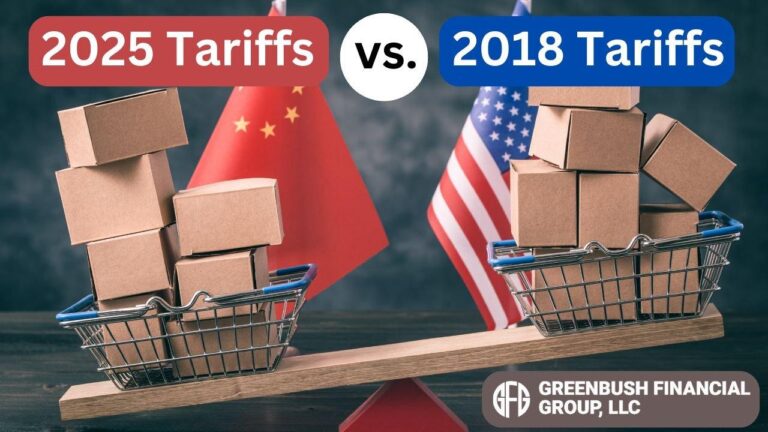Former President Donald Trump has escalated tensions with the BRICS nations by threatening to impose an additional 10% tariff on their imports, labeling these countries as “anti-American.” The move, announced in a recent statement covered by Fox Business, signals a potential shift toward more aggressive trade policies targeting Brazil, Russia, India, China, and South Africa. This development raises questions about the future of U.S. relations with these emerging economic powers amid ongoing geopolitical and economic challenges.
Trump Escalates Trade Tensions with New 10 Percent Tariff Threat on BRICS Nations
In a move that has sent ripples through global markets, former President Donald Trump has announced a potential imposition of an additional 10% tariff on imports from the BRICS countries-Brazil, Russia, India, China, and South Africa. Citing what he described as “anti-American” economic policies and unfair trade practices, Trump warned that the new tariffs are aimed at protecting American industries and jobs from what he claims are exploitative trade dynamics. This declaration comes amid already heightened trade frictions and adds another layer of complexity to the ongoing geopolitical and economic tensions between the U.S. and key emerging markets.
- Targeted Sectors: Automotive, technology, and agricultural products.
- Potential Impact: Increase in import costs leading to higher consumer prices.
- International Response: BRICS nations have condemned the threat, signaling possible retaliatory measures.
| Country | Current Tariff Rate | Proposed Additional Tariff | Trade Volume with U.S. (2023) |
|---|---|---|---|
| Brazil | 5% | 10% | $75B |
| Russia | 7% | 10% | $30B |
| India | 6% | 10% | $95B |
| China | 15% | 10% | $540B |
| South Africa | 4% | 10% | $20B |
Analyzing the Economic Impact of Tariffs on US-BRICS Trade Relations
The imposition of an additional 10% tariff on BRICS nations – Brazil, Russia, India, China, and South Africa – threatens to reshape US trade dynamics substantially. These tariffs are poised to increase the cost of imports, potentially leading to retaliatory measures that could disrupt existing supply chains. Industries heavily reliant on BRICS-sourced raw materials and intermediate goods, such as electronics and automotive manufacturing, may face sharper production costs, ultimately affecting consumer prices within the United States.
Economic analysts highlight several potential consequences of this escalation, including:
- Trade Deficits: A likely widening due to reduced exports to BRICS countries amid tariff tensions.
- Inflationary Pressure: Elevated costs for imported goods could accelerate inflation domestically.
- Supply Chain Realignments: Companies might seek alternative markets or suppliers, raising short-term operational complexity.
- Geopolitical Strain: The move risks deepening diplomatic rifts, undermining cooperative economic frameworks.
| Impact Area | Short-Term Effect | Long-Term Outlook | ||||||||||||||||
|---|---|---|---|---|---|---|---|---|---|---|---|---|---|---|---|---|---|---|
| Export Volume | Decline | Stagnation or Slow Recovery | ||||||||||||||||
| Consumer Prices | Rise |
The imposition of an additional 10% tariff on BRICS nations – Brazil, Russia, India, China, and South Africa – threatens to reshape US trade dynamics substantially. These tariffs are poised to increase the cost of imports, potentially leading to retaliatory measures that could disrupt existing supply chains. Industries heavily reliant on BRICS-sourced raw materials and intermediate goods, such as electronics and automotive manufacturing, may face sharper production costs, ultimately affecting consumer prices within the United States. Economic analysts highlight several potential consequences of this escalation, including:
|




